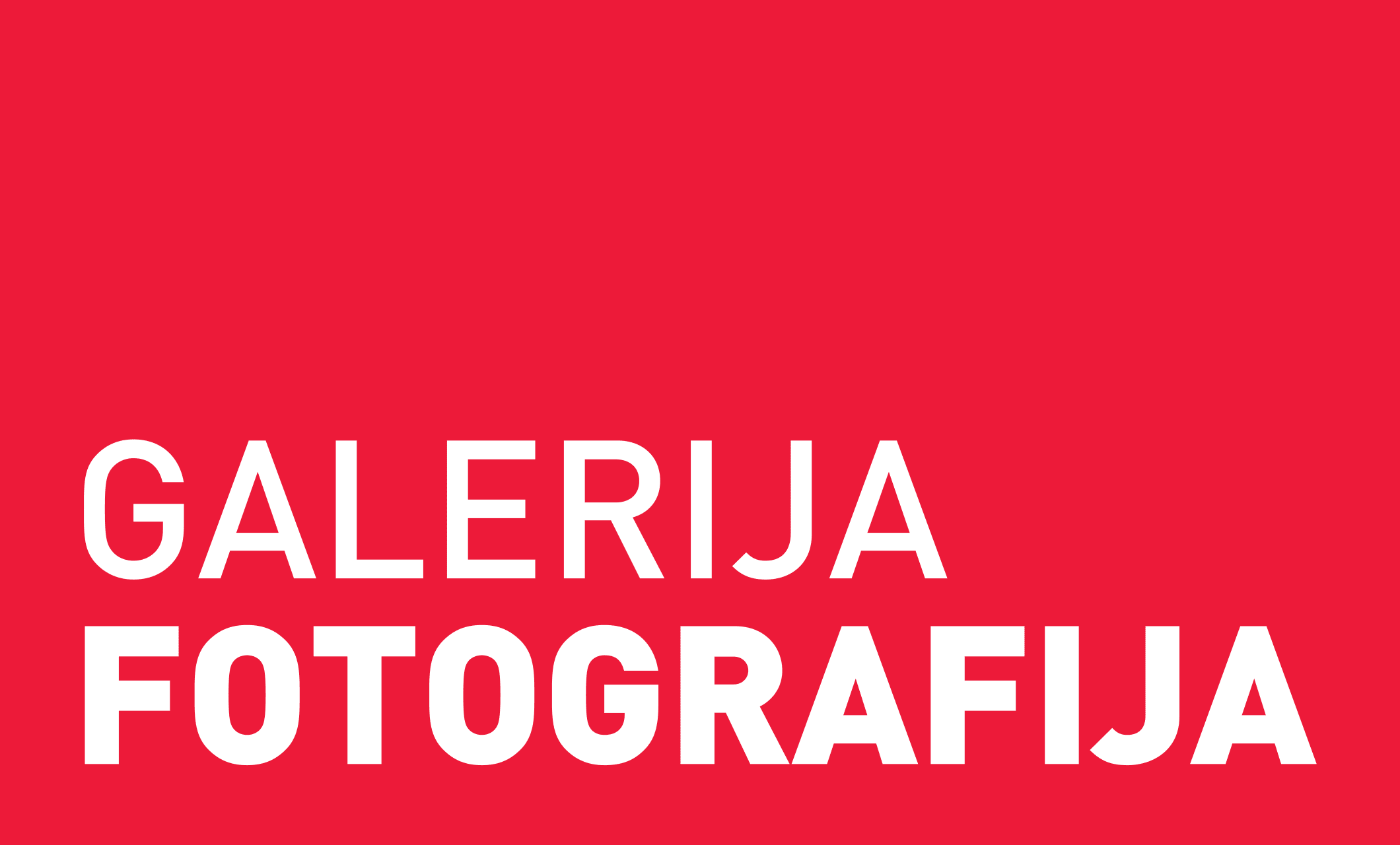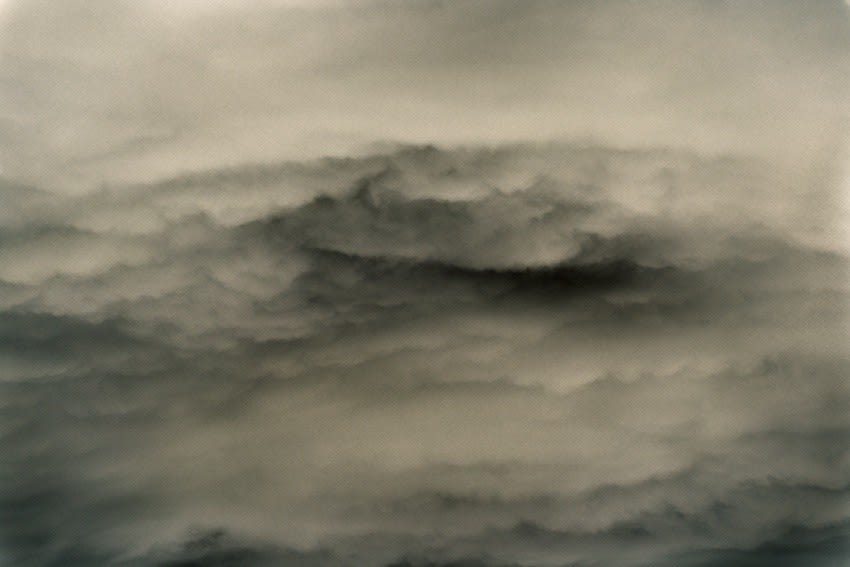DK
For English version please scroll down.
O SERIJI
Scotoma - Za vekami
Za vekami se svetovi zlijejo skupaj. Podobe sestavljajo ostanki tega, kar je bilo videno, zmešane z nepredvidljivimi manifestacijami enigme nezavednega. Te nereprezentativne podobe nudijo priložnost za premislek o tem, kaj nam razkriva podzavest in gledalca vabijo k dekodiranju svojega lastnega nezavednega.
Fotografije se naslanjajo na dolgo tradicijo vzhodnega abstraktnega slikarstva, še posebej Nesmrten v razlitem črnilu chan budista Liang Kaia iz 12. stoletja. Prav to delo je pogosto opisano kot slika, pri kateri je reprezentacija žrtvovana, da pride do izraza spontanost, povezana z umom razsvetljenega, katerega um je nasprotje racionalnega.
Serija se nahaja sredi Scotome. Pogled se na tej točki začne usmerjati navznoter, vendar še ne zmore ugledati tega, »kar je«, ki ne bi izhajal iz sebe, čemur budisti pravijo anātman. Serija Za vekami predstavlja mesto, na katerem Scotoma zapusti kognitivno razmišljanje in se začne obračati k bistvenemu, k razumevanju sveta.
ABOUT THE SERIES
Scotoma – Behind the eyelids
“Behind Eyelids is where worlds blend. The images consist of the remnants of what has been seen, melded with the unforeseeable manifestations of a subconscious enigma. These non-representational images offer me the opportunity to rethink what my subconscious is revealing back to me. They invite the viewers to decode their own subconsciousness.
The images reference a long tradition of Eastern abstract paintings, especially the Immortal in Splashed Ink from the twelfth century by Chan Buddhist Liang Kai. This painting is often described as a work in which representation is sacrificed to enhance spontaneity linked to the non-rational mind of the enlightened.
The series holds a halfway position inside the Scotoma. The view begins to turn inwards here, but it is not yet able to perceive what Buddhists call anātman, a non-self “what is” at this point. Thus Behind the Eyelids series is where Scotoma slowly leaves cognitive reasoning and begins to turn to an immanent understanding of the world.” –DK


